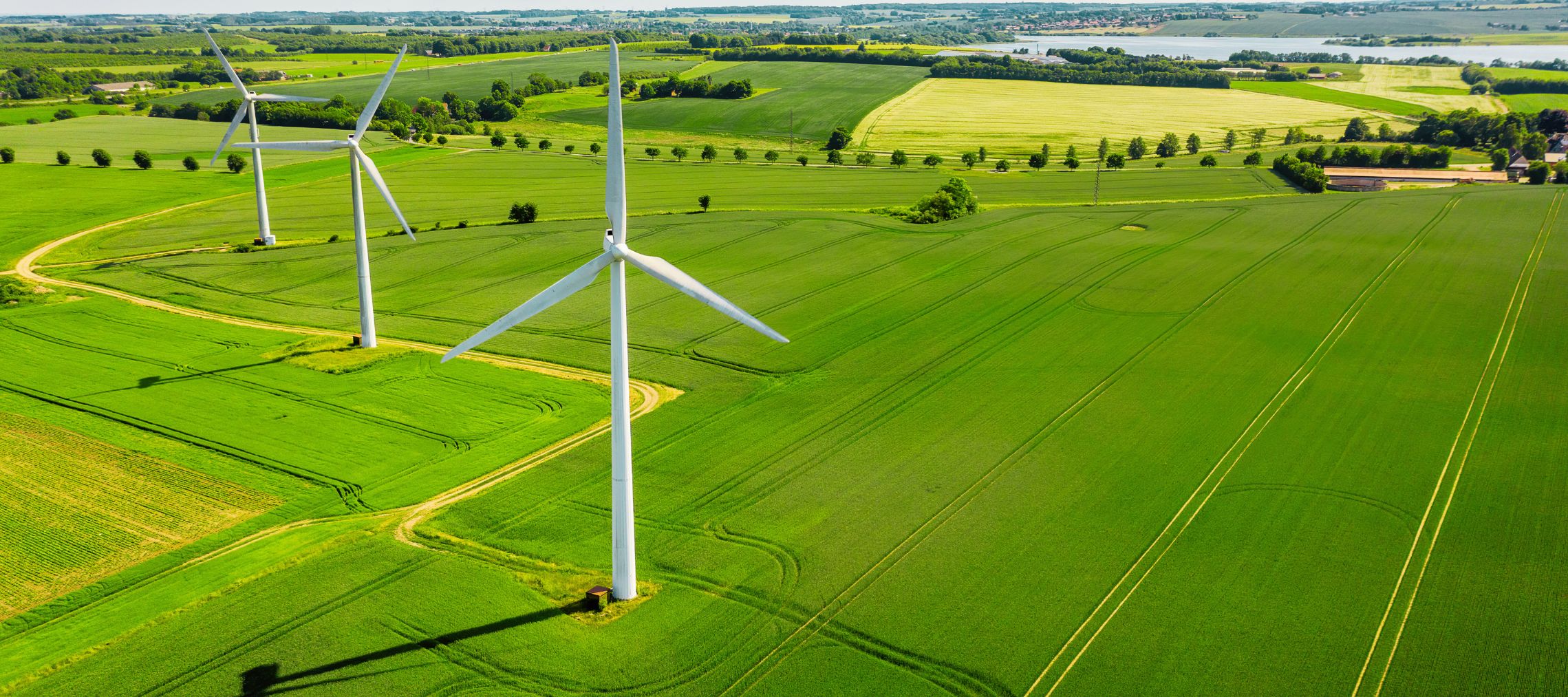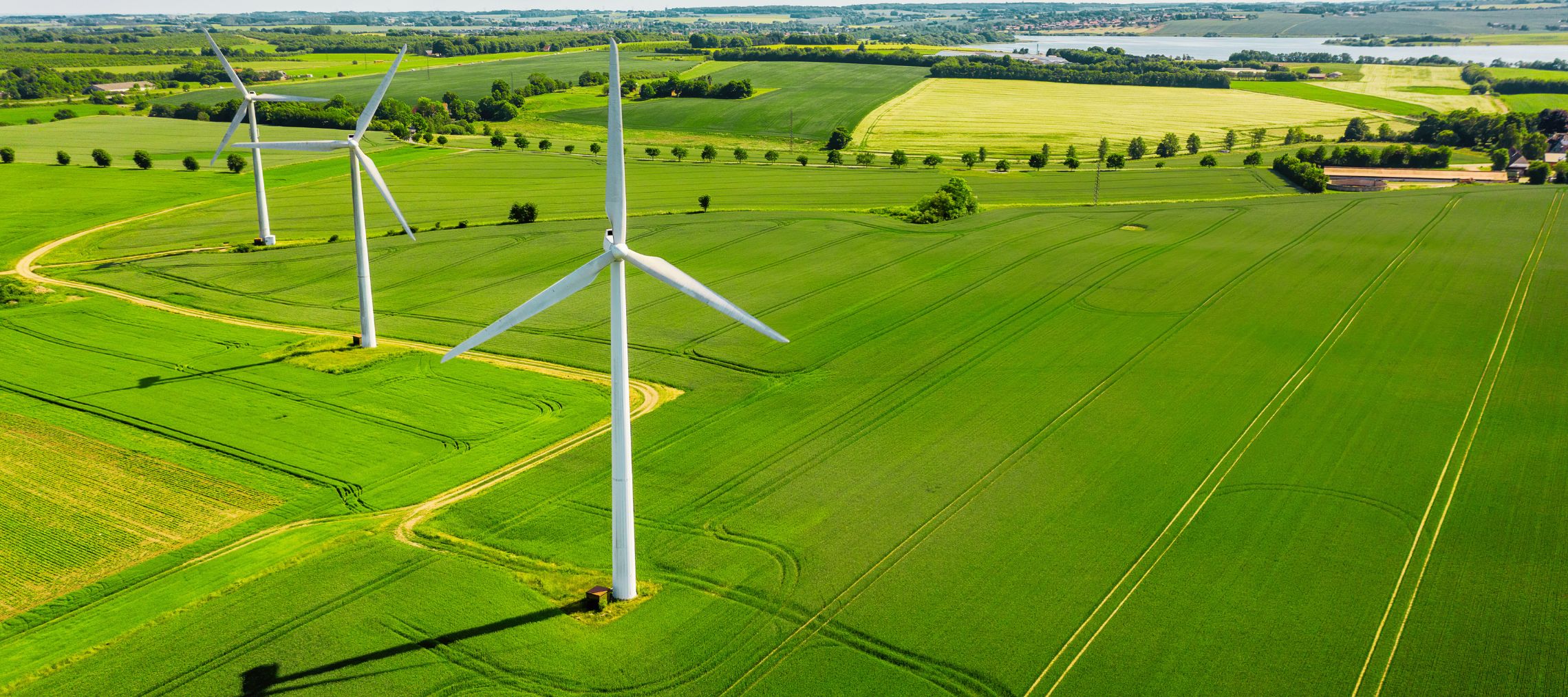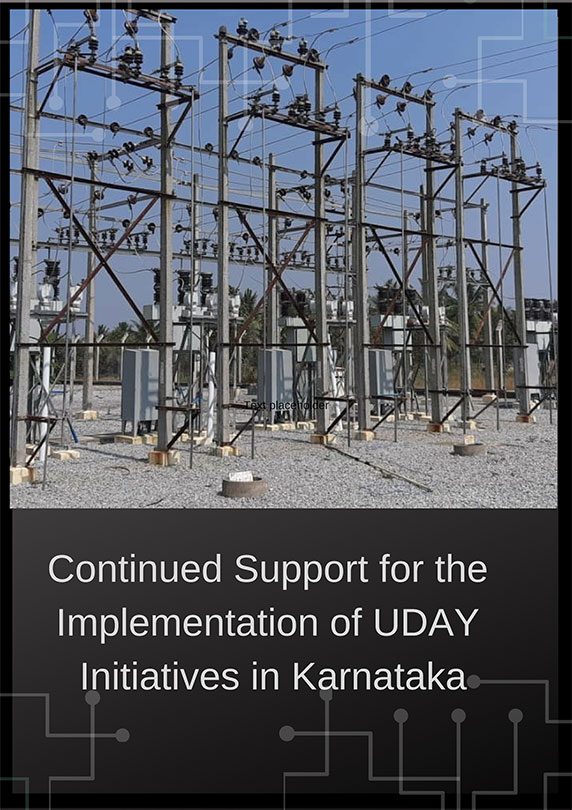The energy sector in India is impacted by certain key market trends, including unprecedented growth of renewable energy sources and advent of new technologies like electric vehicles and rooftop photovoltaic. These trends create uncertainty in the sector and require regulatory and policy changes to accommodate the increasing penetration of renewables into the grid. In this regard, CSTEP has identified two main challenges: smooth transition of state utilities to renewable energy and development of robust operational processes for long-term sustainability of distribution companies. Our work aims to explore the potential of states to meet renewable energy targets and strategise with government bodies for policy implementation at both state and national levels.




Breathing New Life into Wind Energy: How High-Potential States Can Revive the Sector
India’s wind capacity target for 2030 is 140 GW, and the current wind installation achieved until April 2023 is 42.8 GW. To achieve the remaining 98 GW, considerable growth rate and comprehensive efforts are needed in the coming years. India has a total wind energy potential of 695GW at 120 metres (National Institute of Wind Energy), which is on par with the solar energy potential of 748GW (National Institute of Solar Energy).
OPINION: What is the role of states in India's clean energy transition?
As a rapidly developing nation, India is currently the world’s fourth-largest emitter of greenhouse gases. However, we aim to reduce the overall carbon intensity and achieve 50 per cent of power from non-fossil fuel sources by 2030, which is currently at 43 per cent as per Central Electricity Authority (CEA).
Uttar Pradesh Solar Energy Policy 2022: Why ensuring successful execution is the key
With India’s commitment to achieving net zero by 2070, one of the milestones is attaining 500 GW capacity from non-fossil fuel-based sources by 2030. India has made significant progress in this regard, with installed renewable energy (RE) capacity reaching 120,900 MW as of 30 December 2022 (solar power: 63,302 MW; wind power: 41,930 MW). However, more than 300 GW needs to be added to achieve the target by 2030.
Energy transition: opportunities and challenges for the Indian power sector
The country has already made significant progress with installed renewable energy (RE) capacity reaching 114 GW as of 30 June 2022. This includes 41 GW of wind energy and 58 GW of solar energy. However, to get to 500 GW, India still has a long way to go. It needs to install more than 300 GW of RE capacity in the next 8 years. For this, a concerted effort from power sub-sectors (generation, transmission, and distribution) and a detailed analysis of the opportunities and challenges of each of them is required.
In this article, we touch upon transmission and distribution.
Potential of India's Virtual Power Purchase Agreements
In line with last year’s commitment to achieving net zero by 2070, India, at its pavilion at the 27th session of the Conference of Parties or COP27 is talking about a climate-friendly, sustainable lifestyle. As renewable energy (RE) plays a huge role in cutting down GHG emissions, the country has already pledged to have 500 GW of non-fossil-fuel-based capacity by 2030.
The impact of Covid-19 on India’s power demand
National economic activities were hit hard by the pandemic, and the power sector was no exception. The sector deviated from the expected energy supply and peak power demand growth trajectory during the pandemic years, and is now on the path of recovery.
Assessing the Impact of Integrating Electric Vehicles and Solar Rooftop Photovoltaic System into the Power Distribution Network
This paper presents our analysis of the impact of integrating electric vehicles (EVs) and rooftop photovoltaic (RTPV) on the power system distribution feeders at the 11 kV level. For the assessment, we selected a sample urban feeder that served both domestic and commercial consumers within Bengaluru city limits. The EV-demand projection was considered on the basis of a report by Indian Institute of Technology, Kanpur, while the RTPV potential was estimated using CSTEP’s Rooftop Evaluation for Solar Tool (CREST).